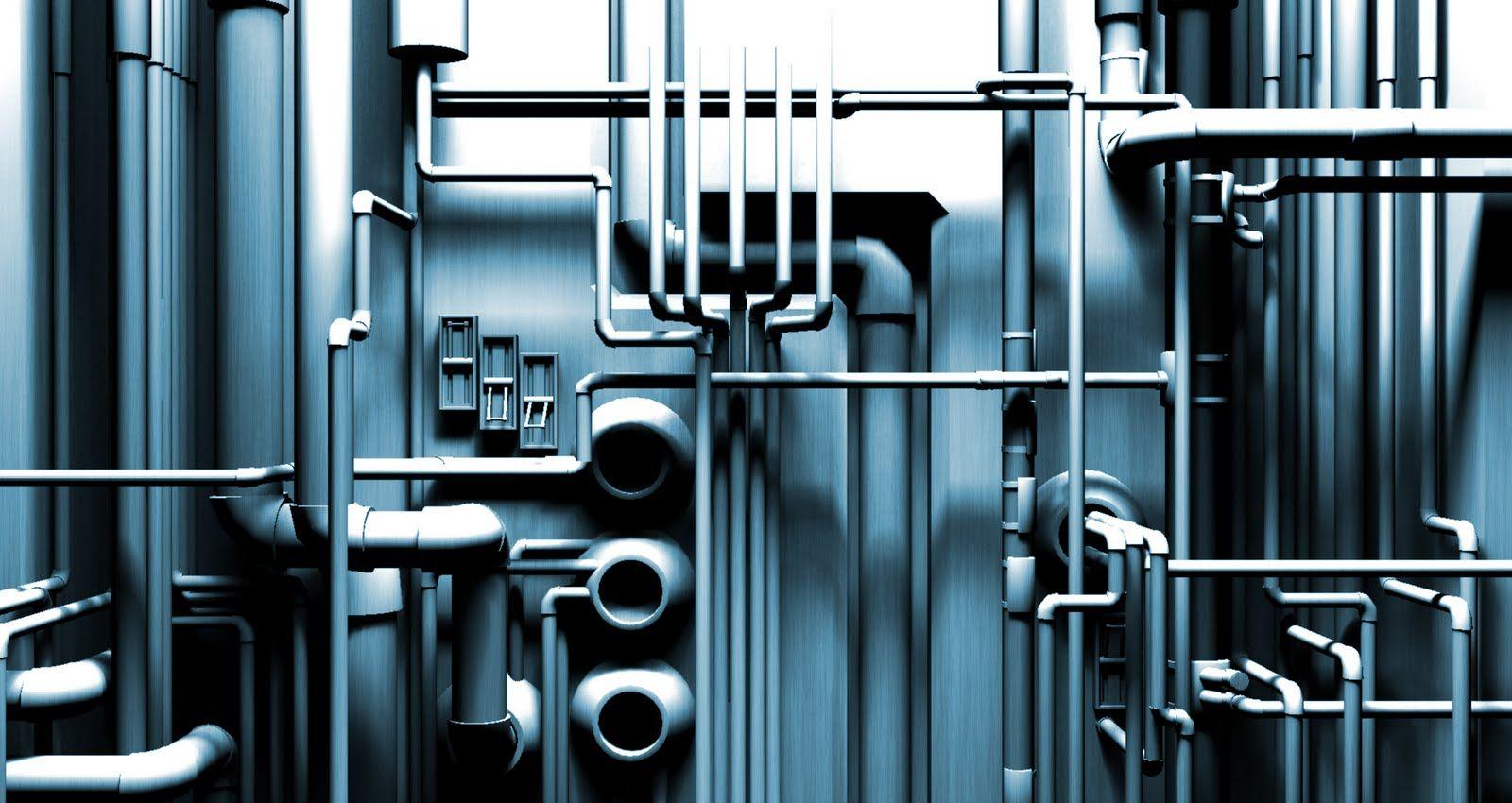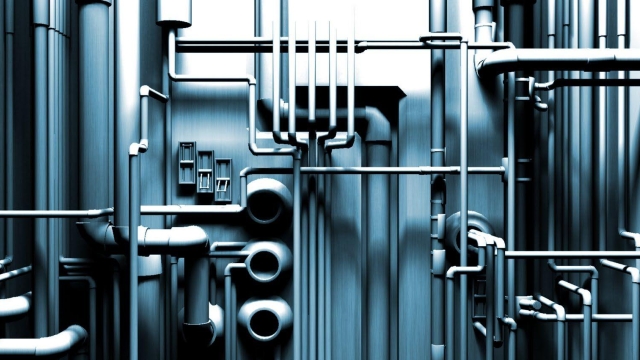
Plumbing, an essential aspect of our daily lives that often goes unnoticed, silently keeps the wheels of civilization turning. From the moment you step into your morning shower to the instant you brush your teeth before bed, plumbing is an unyielding force, faithfully delivering clean water and whisking away waste without a second thought. But behind this seemingly mundane system lies a world of intricate pipes, valves, and fixtures working tirelessly to ensure our comfort and hygiene.
While the origins of plumbing can be traced back thousands of years to ancient civilizations, its evolution has been nothing short of remarkable. What began as rudimentary systems of clay pipes has now transformed into a network of advanced plumbing technologies, incorporating materials like copper, steel, and PVC. Today’s plumbing systems are designed to meet strict codes and regulations, ensuring safe and efficient delivery of water to your home or workplace.
However, plumbing is more than just a collection of pipes and fixtures; it is a complex science of hydraulics and fluid dynamics. Engineers and plumbers alike must carefully design and implement plumbing systems to maintain consistent water pressure, prevent leaks, and optimize the direction of water flow. It requires a keen understanding of various factors, such as pipe sizing, backflow prevention, and drainage systems, all of which contribute to the smooth operation of our plumbing infrastructure.
In this article, we will unravel the secrets of plumbing, exploring its history, technology, and the indispensable role it plays in modern society. Join us on a fascinating journey through the unseen world of plumbing as we delve into the intricacies of this vital system that keeps our lives flowing smoothly. From the humble beginnings of ancient plumbing to the cutting-edge innovations of today, we will uncover the wonders and challenges behind this essential aspect of our everyday lives. So, prepare to immerse yourself in the captivating realm of plumbing and discover how it continues to shape our world for the better.
History of Plumbing
Plumbing has a rich and fascinating history that dates back thousands of years. The origins of plumbing can be traced back to ancient civilizations such as the Indus Valley Civilization and ancient Rome. These early societies recognized the importance of a reliable water supply and developed innovative plumbing systems to meet their needs.
In ancient Rome, for example, the aqueducts played a crucial role in supplying fresh water to the city. These impressive structures, consisting of a network of channels and pipes, transported water from distant sources to public baths, fountains, and private residences. The Romans also utilized lead pipes to distribute water within buildings, demonstrating their understanding of plumbing techniques.
During the Middle Ages, plumbing systems fell into disrepair as the Roman Empire declined. However, advancements in plumbing gradually reemerged during the Renaissance. The development of gravity-fed water systems allowed for improved plumbing infrastructure, enabling the distribution of water through networks of pipes and the introduction of indoor plumbing.
The Industrial Revolution in the 18th and 19th centuries brought significant advancements to the plumbing industry. The invention of the flush toilet by Sir John Harington in the late 16th century laid the foundation for modern sanitary systems. Subsequent innovations, such as the creation of cast iron pipes, allowed for more efficient water transportation and the expansion of plumbing systems to cities around the world.
From ancient civilizations to modern times, plumbing has remained a fundamental aspect of human civilization. It continues to evolve and adapt to meet the changing needs of society. Today, plumbing plays a critical role in providing clean water, removing waste, and maintaining public health and hygiene.
2. Essential Components of Plumbing Systems
In order to fully understand the intricate workings of plumbing systems, it is essential to familiarize ourselves with its core components. By gaining knowledge about these essential elements, we can begin to unravel the secrets behind the efficient functioning of plumbing systems.
-
Pipes: The backbone of any plumbing system is the network of pipes that carry water, gas, or sewage throughout a building or structure. These pipes are typically made of materials such as copper, PVC, or cast iron, depending on their specific application and the needs of the system. It is through these pipes that the vital resources necessary for our daily activities are transported, ensuring a steady flow of water and other fluids.
-
Valves: Valves play a crucial role in regulating and controlling the flow of water or other substances within a plumbing system. These devices are designed to open, close, or adjust the passageways within the pipes, allowing for efficient and precise control of the water supply. By manipulating valves, users can turn water on and off, adjust pressure, or redirect the flow to different areas of a building, providing convenience and functionality.
-
Fixtures: The fixtures within a plumbing system refer to the various outlets and appliances that utilize water or gas for specific purposes. These can include sinks, toilets, showers, bathtubs, faucets, and water heaters, among others. Fixtures are connected to the plumbing system through pipes, enabling the distribution and disposal of water or waste as needed. These components are designed to be practical, durable, and aesthetically pleasing, enhancing the overall functionality and appearance of our homes and buildings.
Understanding these fundamental components of plumbing systems is crucial in grasping the inner workings of this complex infrastructure. By appreciating the role of pipes, valves, and fixtures, we can gain insight into how water and other substances are distributed, controlled, and utilized within our daily lives. With this knowledge, we can better appreciate the importance of plumbing in modern society and its impact on our everyday routines.
3. Common Plumbing Issues and Solutions
-
Leaky Faucets:
One of the most common plumbing problems homeowners face is a leaky faucet. Not only is the constant dripping irritating, but it can also waste a significant amount of water over time. Fortunately, fixing a leaky faucet is often a simple task. By replacing the worn-out washer or O-ring inside the faucet, you can easily stop the leak and restore peace to your home. -
Clogged Drains:
Another frequent plumbing issue is a clogged drain. Whether it’s a clogged kitchen sink or a slow-draining shower, dealing with standing water can be frustrating. However, there are several solutions you can try before calling a professional plumber. You can use a plunger to create suction or try using a drain snake to dislodge the blockage. For minor clogs, using a mixture of baking soda and vinegar might also do the trick. -
Running Toilets:
A running toilet is not only annoying but can also increase your water bill significantly. The most common cause of a running toilet is a faulty flapper valve. To fix it, you can start by checking the chain that connects the flapper to the flush handle. Ensure it has the right amount of slack so that the flapper can properly seal the flush valve. If that doesn’t work, replacing the flapper valve altogether should solve the problem.
Remember, while some plumbing issues can be resolved with a DIY approach, it’s important to know your limits. If a problem seems beyond your expertise, don’t hesitate to reach out to a professional plumber.
